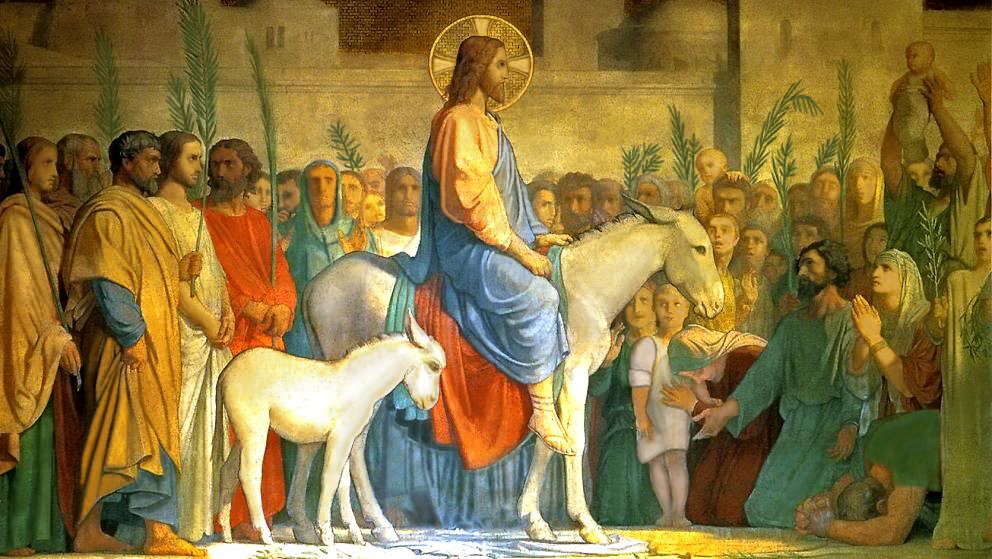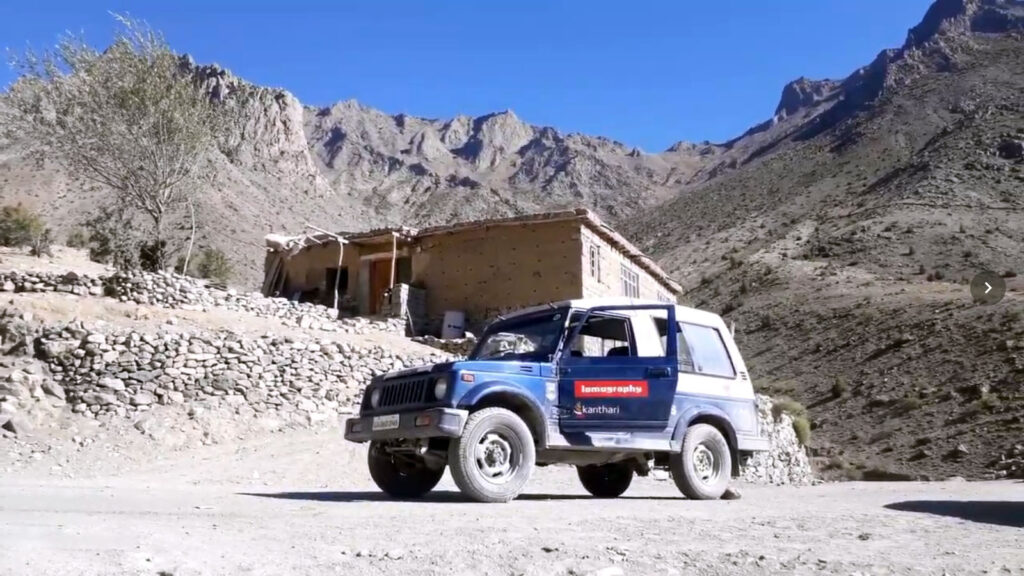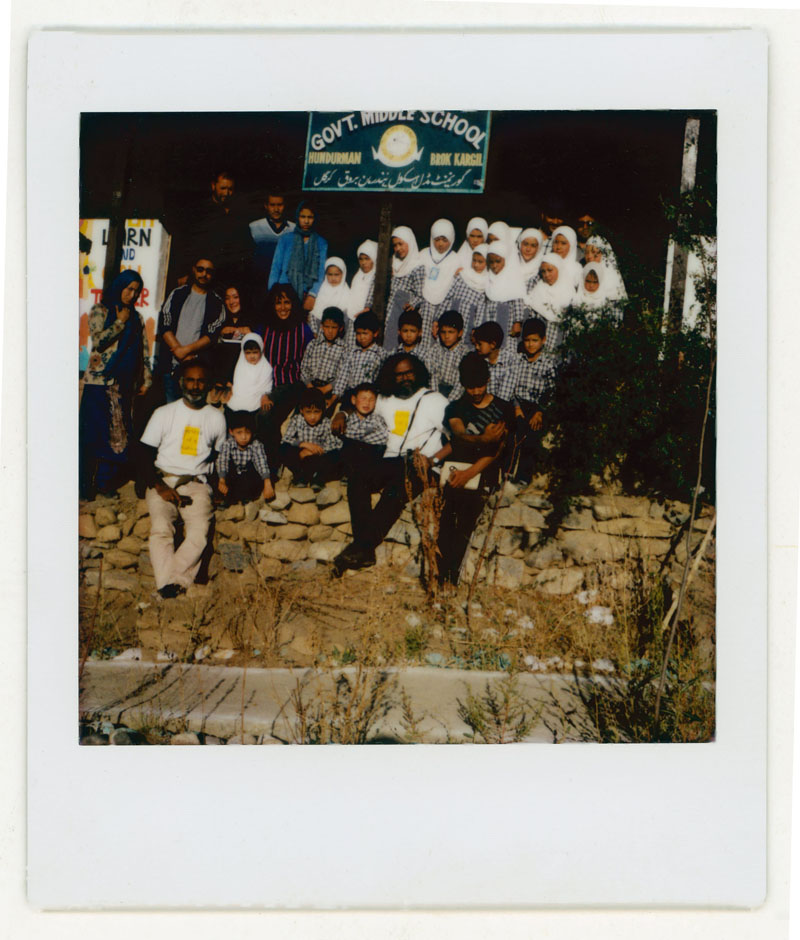
On the final day of our “Portrait of a Nation” project, I found myself at the Indo-Pakistan border, marking the culmination of our 16,000 km cross-country art journey from Kanyakumari to Kargil. As I stood at this powerful symbol of division, the air was heavy with a tense silence, the thrill of adventure, and the weight of history pressing down on my shoulders. I saw a swirl of dust moving towards me. “These are our lifelines,” one villager explained, gesturing towards the string of donkeys entering the village. “They carry not just goods, but also people in emergencies.” He then recounted the story of the Kargil War and how they used to use donkeys to transport people and soldiers. As I stood there, listening to their stories, the sight of the donkeys at the border took on a new meaning. These gentle giants seemed to embody a shared history and a silent longing for peace, a stark contrast to the division this border represented. I couldn’t help but see a symbol of unity and resilience amidst the complexities of human conflict. One of the donkeys from the group of around five walked closer to me, its soft fur brushing against my skin. It let out a gentle snort as it seemed to mirror my movements, staying by my side with a curious yet comforting presence.
This unexpected companion captivated me. I offered it a banana from my travel pack, and it accepted the treat with unfazed grace. The encounter left a profound mark on me. This interaction was my first with one of these beautiful souls, but donkeys have always held a strange charm for me – my email emojis are all proof!
One of the things I love most about donkeys is their stoicism. They tolerate insults and dirty jokes with composure, deeper wisdom, and a higher power. They seem unfazed by human pettiness, choosing inner peace instead.
For me, the donkeys cross religious and cultural boundaries, serving as a unifying symbol across pluralistic and multireligious societies. In Indian mythology, the goddess Sheetala, known for curing diseases and protecting health, is often depicted riding a donkey. This imagery emphasizes the importance of compassion and care for all creatures, including those often overlooked. Donkeys have also played significant roles in religious stories across the globe. They carried Jesus into Jerusalem, symbolizing humility. They transported the Greek god Dionysus, representing resilience and perseverance. And Prophet Muhammad used a donkey, highlighting its practicality and loyalty.



I always think that donkeys have immensely contributed to human migration to new places or exploring uncharted locations. Donkeys, known for their remarkable cognitive abilities and strong sense of direction, excel at navigating challenging terrain, instinctively choosing safe paths. Village elders often recount stories of donkeys guiding lost travellers home, a testament to their incredible navigational abilities.
I was surprised to see donkeys still being used to transport people across the border. Unaffected by human-made lines, they navigate familiar paths, creating their own “donkey routes” that help people move forward.
In our village, donkeys are a familiar sight. Every week, the washerman arrives on his donkey, collecting dirty laundry from each house before heading off to the river for cleaning. This scene is a constant reminder of the donkey’s enduring role in Indian life. My travels throughout the country revealed their remarkable versatility. In the narrow streets of Chennai, donkeys navigate traffic with ease, carrying goods for businesses. Moving north to New Delhi, I encountered them at construction sites. Here, donkeys worked alongside human laborers, tirelessly hauling bricks, cement bags, and heavy construction materials. Deep within the mines of Jharkhand, I witnessed a different kind of partnership. Donkeys serve as vital partners for miners, transporting coal from the depths of the mines.
The journey continued to Rajasthan, where sandstone quarries showcased another facet of their strength. Here, donkeys hauled heavy loads of sandstone from the quarries.
Travelling onwards to the majestic Himalayan foothills, the landscape changed, but the role of the donkey remained crucial. In these challenging environments, donkeys become lifelines, transporting people and goods across treacherous paths. Their surefootedness and ability to handle steep inclines make them invaluable companions on these mountain journeys.
On the border vilalges, I saw them carrying supplies, a testament to their unwavering support for human endeavors in the most remote and challenging locations.
Today, in this ultramodern time, donkeys play a vital role in strengthening democracy, even if they can’t cast a vote themselves. Their contribution comes in the form of transporting election officials, voting machines, and vital documents to remote villages, especially those nestled in the hills and deserts. Their involvement is a testament to their unwavering support for human endeavors in the most remote and challenging locations.
Donkeys command my deepest admiration. Their quiet strength embodies a profound humility that resonates deeply within me. Every encounter with a donkey is an inspiration – their hardworking nature, intelligence, perseverance, calmness, and humbleness.
The postlude
Beyond its role in transportation, donkey milk is gaining attention for its resemblance to human breast milk. This similarity holds potential for some dietary needs and has led to its use in cosmetics. Historical anecdotes, including Cleopatra’s reputed use of donkey milk in bathing rituals, add to its allure. In Africa and India, it’s employed as a traditional remedy for infections, showcasing its versatility and cultural significance. While I haven’t tasted it myself, numerous articles substantiate these claims, highlighting the growing interest in and diverse applications of donkey milk.





